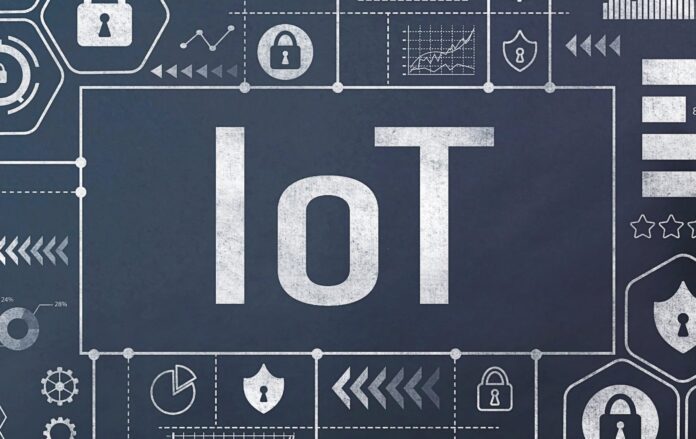The number of global IoT connections will grow at a compound rate of 10 percent per year (CAGR) over the next decade, almost tripling in the period, to reach 34.4 billion connections in 2032. So says the latest market forecast from UK IoT analyst house Transforma Insights. It puts the present total at 13.2 billion connections, as of the end of 2022. For the cellular market, there will be notable growth in the next decade, outrunning the total market, but cellular-based IoT will retain only a sliver of total connections.
Transforma said short-range IoT technologies – such as RFID, Bluetooth, Zigbee, and other proprietary 802.15.4 protocols – will account for almost three quarters (74 percent) of total IoT connections in 2032; this is a “slight reduction”, it notes, on their 2022 share, of 78 percent. Cellular IoT connections will grow from 1.5 billion connections in 2022 to 6.9 billion in 2032, growing market share from 11.6 percent to 17.7 percent, and more than quadrupling in total over the period.
5G-based IoT technologies – including the massive machine-type comms (mMTC) sub-group, which will include NB-IoT and LTE-M, plus reduced-capability (RedCap) 5G NR – will replace 2G, and increasingly 4G connections, said Transforma. By 2032, 2G will be practically gone, it said, even for low-value legacy IoT. A statement said: “2G connections will fall from 20 percent of total cellular connections in 2022 to one percent in 2032.” 3G, it noted, is “already non-existent”.
Meanwhile, the 4G-LTE share will fall from 50 percent to 28 percent by 2032. Transforma stated: “During the same period 5G non-mMTC connections will increase from one percent to 14 percent, with 5G mMTC connections increasing from 28 percent (mostly in China) to 57 percent.” The implication is 5G mMTC growth will come in global markets. Transforma does not make a numbered forecast for non-cellular low-power wide-area (LPWA) technologies like LoRaWAN, Sigfox, and others.
But it said LPWA technologies, generally, including cellular-licensed and non-cellular licence-exempt equivalents, will dominate “wide-area wireless connections by mid-2025”. The reference here is presumably to the decline in non-optimised standards like 2G, most significantly, for IoT. At a higher level, the geographic IoT picture in 2032 will split broadly between China, Europe, and North America, taking 29 percent, 22 percent, and 21 percent of the total IoT market, respectively.
Transforma said LPWA growth will come in smart grid, asset tracking and monitoring, and “building safety and security” applications, plus a “range of others”. But significantly, it said the consumer sector will account for 61 percent of all connections in 2032; the single biggest use case is “consumer internet and media devices”, accounting for 27 percent of all devices in 2032. The next largest is smart grid, it said, including smart meters, representing 11 percent of connections.
Significantly as well, it added: “[In] the enterprise segment in 2032, 30 percent of devices will be accounted for by ‘cross-vertical’ use cases such as generic track-and-trace, office equipment and fleet vehicles, 26 percent by utilities, most prominently smart meters, 22 percent by retail and wholesale (predominantly electronic shelf labels and payment processing devices), eight percent by government, four percent by transport and storage, and two percent each for agriculture, forestry and fishing, finance & insurance, and manufacturing.”
The total IoT market – including hardware, airtime, and applications – will be worth $767 billion in 2032, up from $263 billion at the end of 2022, representing a total rise in the period of 192 percent. “Value-added connectivity will account for 10.8 percent of spend in 2032, with the connectivity modules accounting for a further 4.2 percent,” it said.

